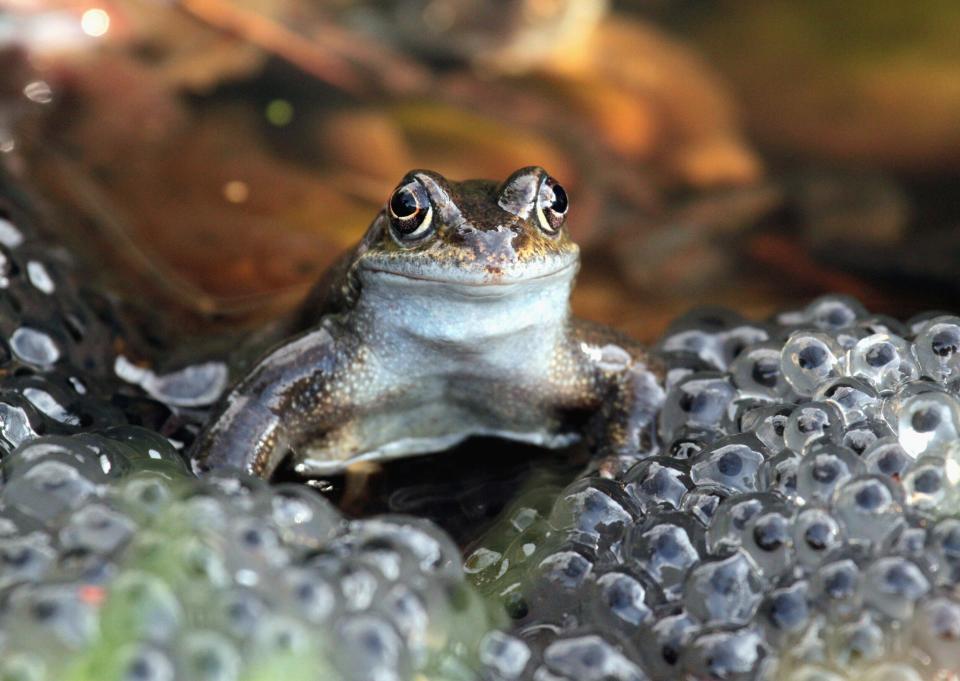It’s not just you – spring really is coming earlier, according to science
![Close-up of a peacock butterfly [Aglais io] on purple michaelmas daisies, photographed with a macro lens.](https://s.yimg.com/ny/api/res/1.2/Cptvjij_1dcUlOaXzY1Mxw--/YXBwaWQ9aGlnaGxhbmRlcjt3PTk2MDtoPTY0MA--/https://media-mbst-pub-ue1.s3.amazonaws.com/creatr-images/2020-02/8a53d920-4cf9-11ea-b7dd-13731e687f8f)
Every year, it feels like flowers, butterflies and birds are reappearing earlier after the winter months – but is it climate change or just coincidence?
A citizen science project in the UK has provided an answer, comparing records as far back as 1736 with millions of observations today.
And there’s no question about it: spring is coming almost a week earlier than it used to, and it’s to do with our changing climate, says Lorienne Whittle, citizen science officer at Nature's Calendar at the Woodland Trust, speaking to Yahoo News.
Read more: Spring has arrived 20 days early in New York City
“You can’t argue with what the science is saying: we are seeing spring advancing,” Whittle said. “There’s no other way with this amount of data.”
In some areas, it seems as if we have “lost winter”, she says, with species possibly put in danger by being tempted out of hibernation too soon.
Of 50 events such as when plants first appear tracked by the project, 49 were early this year.

“We’ve seen frogspawn early this year,” said Whittle, referring to thousands of reports provided to Nature’s Calendar by volunteers.
“Volunteers saw peacock butterflies on Christmas Eve in Kent, and a Red Admiral in the Channel Islands. We have reports across the south of the country of blackbirds building nests.”
She says the project can say conclusively that these events aren’t one-offs where a volunteer has disturbed a butterfly, for example.
“We have a database dating back to 1736, so we can compare over climate periods last 30 years,” she said.
Read more: Early spring ‘a certainty’, says groundhog
“There’s a huge variation in wildlife, plants and animals, but having a database lasting for over 200 years means we can conclusively say spring is coming earlier.”
Whittle’s team compared data from 1891 to 1947 with the past 19 years, based on species such as hawthorn, horse chestnut, orange-tipped butterflies and swifts.
The data shows that spring is coming six days earlier, Whittle says.
Climate change deniers might dispute the idea of man-made climate change, but the data clearly shows that spring is coming earlier and earlier, Whittle says.
“You can’t argue with what the science is saying: we are seeing spring advancing,” Whittle says.
“Climate change deniers can look at how we’ve done these calculations. It’s happening. We can see it’s happening.”
The project has nearly 3 million records on the database, Whittle says, and is constantly adding new information from finds such as diaries.
“We have just over 3,500 active recorders,” Whittle says, “and we’re always looking to recruit more.
“You just need to register on our website, and you can record anything from when you first see birds to the first cut of your lawn: British people tend to like that!”

 Yahoo Sports
Yahoo Sports 
